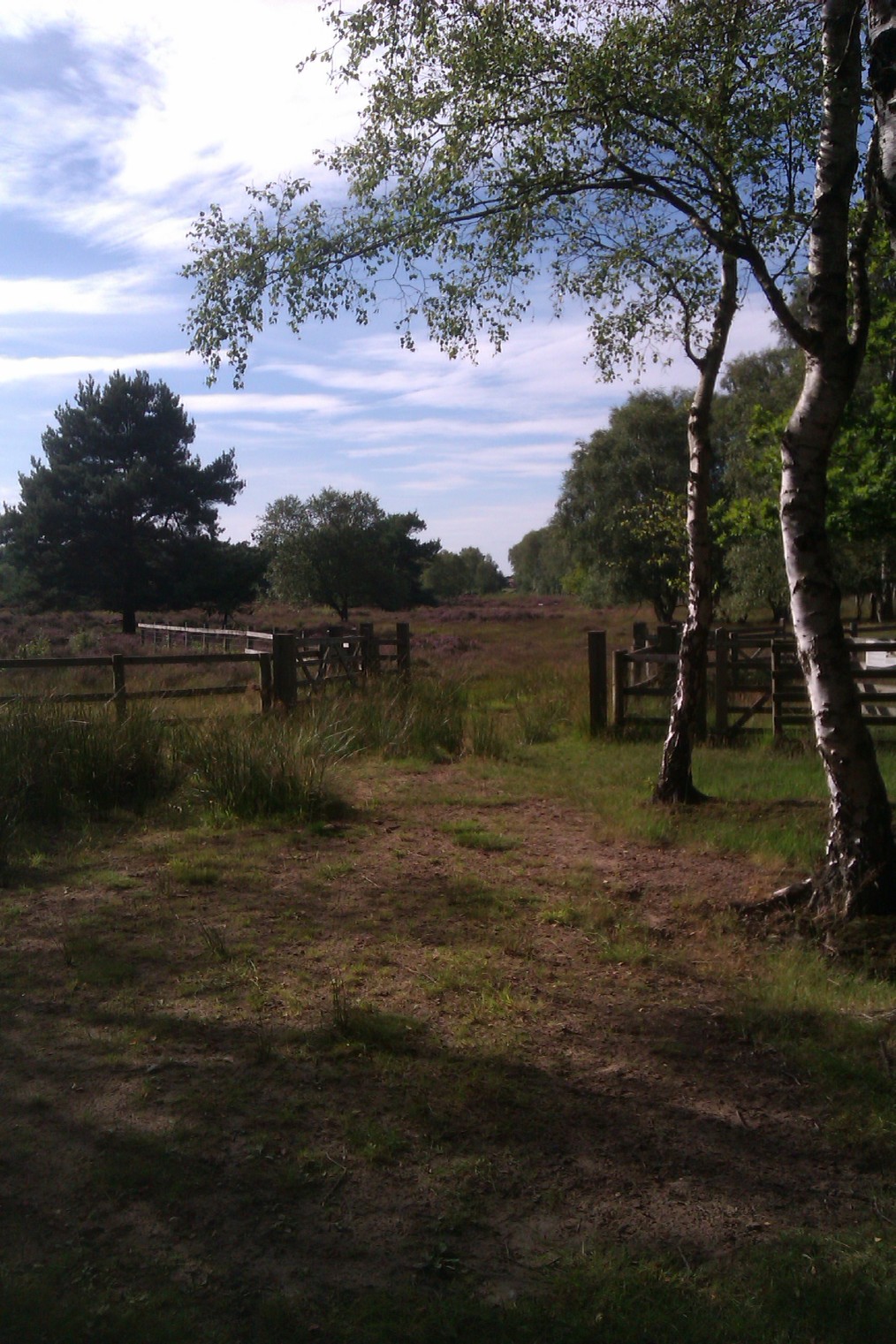Why birdwatching is like a box of chocolates
Posted: August 9, 2012 Filed under: Birds, Parenthood, Yorkshire | Tags: birding, Birds, birdwatching, countryside, garden warbler, heath, Skipwith Common, spotted flycatcher, turtle dove, willow warbler 8 CommentsForrest Gump’s momma told him that life was like a box of chocolates, apparently because you don’t know what you’re gonna get. I don’t know if Momma Gump ever went birdwatching, but if she did, she’d have found that the same philosophy applies.
You can go to a famous nature reserve that, according to legend, is practically dripping with rare birds, yet come away having seen little more than a couple of ducks. Equally, you can be driving down a suburban street on an unpromising winter’s day when you suddenly spot three trees full of exotic-looking waxwings opposite a row of shops, which is what happened to me a couple of years ago.
Momma Gump’s words of wisdom have come to mind a couple of times this summer as I’ve been out looking for birds.
Back in May or June, some birding friends reported they’d had a cracking view of two turtle doves (but no partridge in a pear tree, nor, alas, five gold rings) at the side of a country lane not far from where we live. The turtle dove is a beautiful bird, synonymous with summer in the British countryside but sadly in steep decline. I’d never seen one, and the news of their appearance so close to home seemed too good to be true.
Hastily gathering up our two young children one weekend, my wife and I drove out to this rural hotspot and set off down the lane. Whether it was bad timing or the foghorn-like voice of my four-year-old son that was to blame, we arrived just in time to see the back of the doves as they flew away into the distance. We spent a good hour stalking them, but apart from briefly hearing their distinctive purring call from their top-secret hideout, we never got any closer. However, there was a surprise around the corner.
I was staring into the bushes over the other side of the road, trying to identify a small bird that turned out to be a cheeky willow warbler. My daughter, who’d come out armed with her own mini pair of binoculars, started to nag me to come and look at a bird she’d seen. Expecting it to be a blackbird or some other familiar feathered friend I’d seen countless times, I told her to wait.
Eventually plodding back over the road, I asked her to point to where she’d seen the bird. I looked through my own binoculars and found myself face to face with a garden warbler. Now, as the RSPB’s bird guide will tell you, the garden warbler is not a very exciting bird – ‘a very plain warbler with no distinguishing features’ – but to me this was very exciting indeed, because I’d never seen one before and it was something of a ‘bogey species’, which had evaded me all my birdwatching life. Cue Momma Gump.
Today, I took an afternoon off to do some more birding, and decided to visit Skipwith Common, an expanse of lowland heath ten miles from York. I’d only ever been there on grey, wet or chilly days, so today was the first time I’d experienced it in its full summer glory. The heath was painted with purple heather, with the hot sun beaming down on it, and the muddy paths I’d trudged along on previous visits were sandy and inviting.
Skipwith Common (see my photo, below) is one of those places that’s lovely to explore, but hides its many birds very well. They’re mostly pretty tricky to spot, and even harder to watch for more than a second. That didn’t put me off, though, because just being in such a beautiful place on such a glorious August afternoon made me smile contentedly to myself.
My Gump-esque surprise didn’t come until I was well on my way back to my car. I hadn’t seen any birds at all for a few minutes, but all of a sudden the trees were twitching with small birds, flitting among the leaves.
I worked out there were a few different species involved in this woodland gathering, and managed to get glimpses of a young great tit, its parents, and a willow warbler, but there was another, perhaps slightly bigger, bird that had flown up onto a perch, obligingly giving me a decent view. It was slim, streaky and was flying down from its perch to catch flies, then returning to the same spot.
It was a spotted flycatcher, kindly demonstrating textbook behaviour to help me identify it. It was the first time I’d seen this bird for years and it was a welcome sight, reminding me of tree-climbing days of old in my granny’s garden in Worcester, where I recall seeing another unexpected spotted flycatcher on the wall.
So, birdwatching is like a box of chocolates. You never know what you’re gonna get – or where you’re gonna get it.


